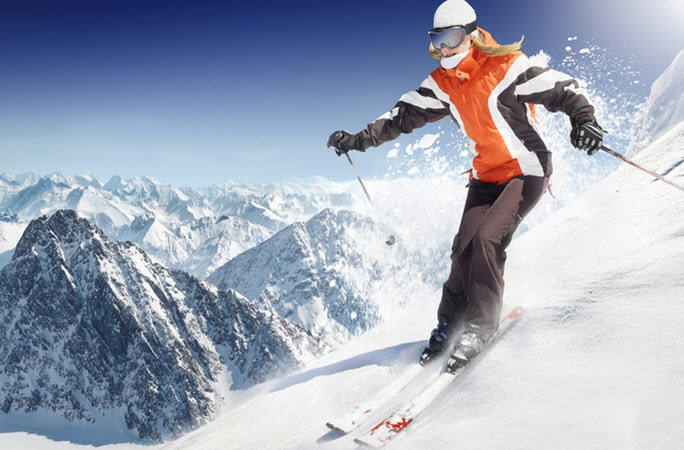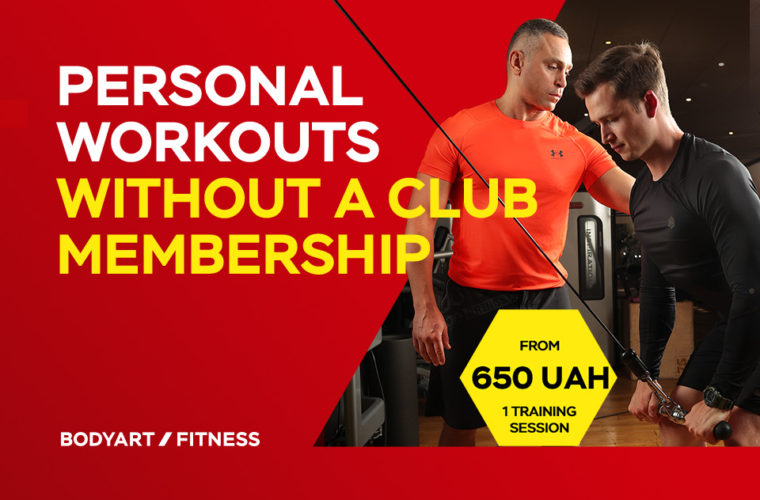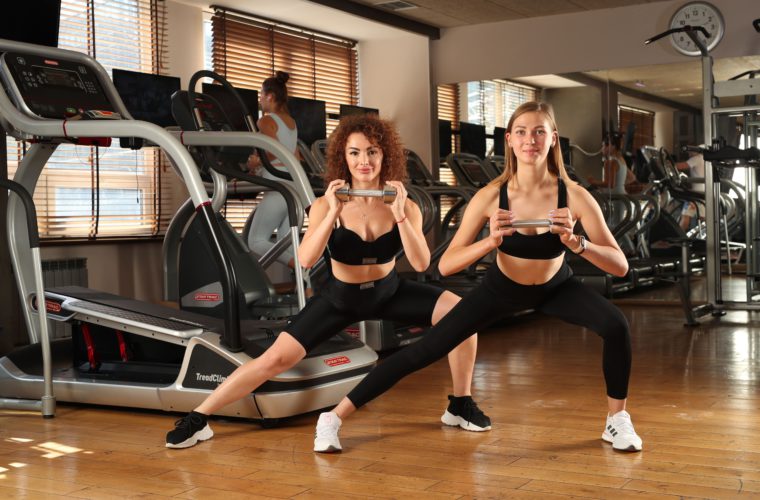Basic exercises to prepare your body for winter sports are those that make your stabilizer muscles stronger. Programs that combine aerobic exercise, strength training, and special TRX functional workouts would be good for that purpose.
Stabilizers are muscles that fix position of skeleton parts against each other, but they don’t do the primary work of moving. These muscles stabilize body parts so that mover muscles could do their job properly, so they will help you to keep balance when skiing or snowboarding. And the stronger they are, the faster you will master good skiing technique.
Let’s divide them into four main groups: legs, back, arms, press.
Legs. Skiing or snowboarding involves a lot of leg work, as well as your back. According to statistics, most skiing or riding related injuries (approx. 30%) are injuries of knee joints which ensure amortisation during the ride, skiing down slope and doing turns and jumps. Therefore, joint and ligament injury prevention routine is one of the most important things. An individualized program of dynamic and static exercises aimed at strengthening thigh and shin muscles, as well as special training on unstable platforms will be very suitable. Such exercises are the best combination to improve balance and strengthen muscles and ligaments around shin and knee joints. Static exercises are crucial for strengthening leg muscles and ligaments, increasing their endurance, elasticity and blood flow.
For a good and varied thigh muscle work I would recommend two types of static squats: regular wide stance squats (feet are shoulder width apart, toes pointing out, squat depth is where thighs are parallel to the floor) and wall sit (lean against the wall and bent knees at a right angle). Exercise duration and the number of reps can vary depending on your health and physical fitness level.

Back. Strengthening your back muscles is very important when preparing your body for skiing, since whether your are doing cross-country skiing or ski jumping it loads a lot of pressure onto your spine. The variety of exercises is quite broad – from hyperextension, which is a basic exercise that strains your spine and partially engages glutes and hamstrings, to individualized exercises that are used in sport rehabilitation. Back and lower back training will help to make your core stronger and significantly reduce risk of spinal injury during skiing or snowboarding. Strong back muscles will significantly reduce spinal loads. And improve skiing technique as well.
You can do these exercises right after a cardio session or at the end of workout.
Arms. Complex preparation should also involve arm exercises since their task will not be limited to just carrying around your skis, snowboard or wake, holding onto the boom or cable handle, but they will be getting good loads when you fall, especially on slopes.
Abs. Whether you opt for skiing or snowboarding, abs are the muscles that help you keep the balance and control your board or skis. Therefore, the ski prep training program includes a variety of leg raises, crunches, as well as static exercises targeting abs.
Physically prepared body will help avoid various injuries while skiing or snowboarding. As a result, your winter vacation will be fun and enjoyable, full of positive emotions, experience and memories.
Source: Forbes.









